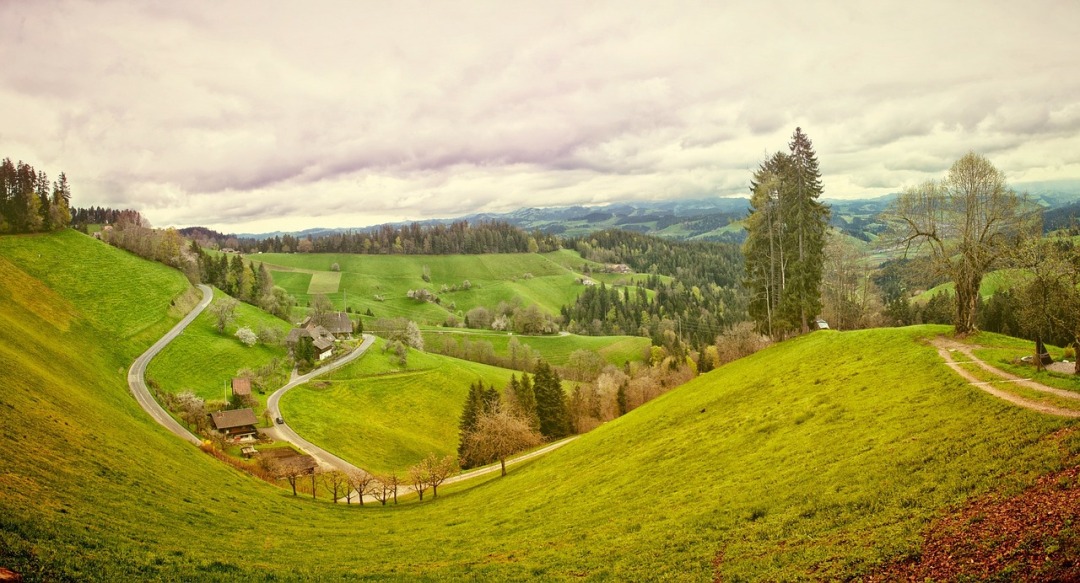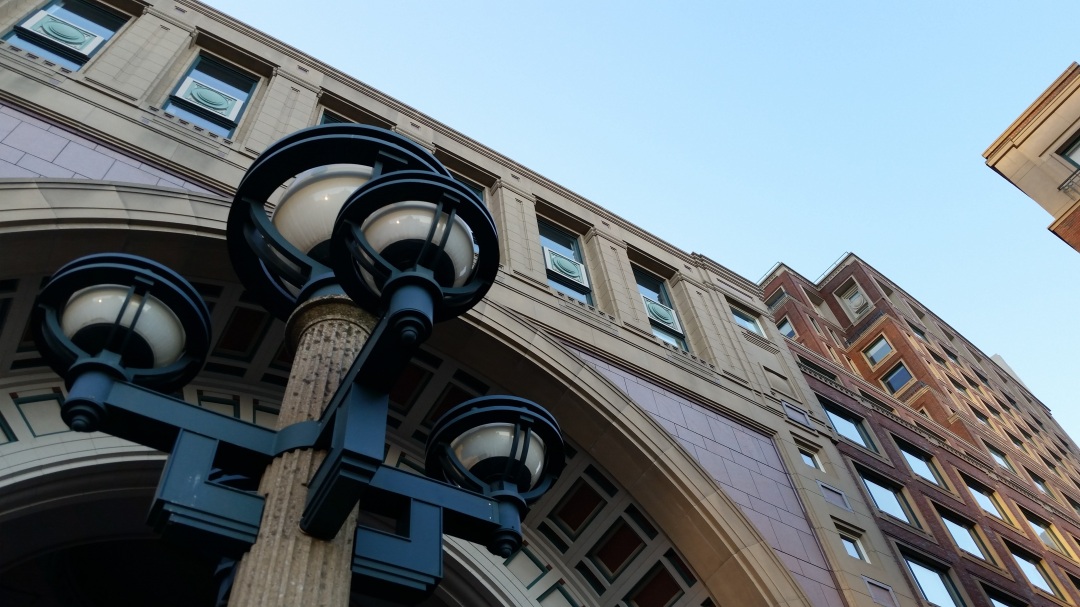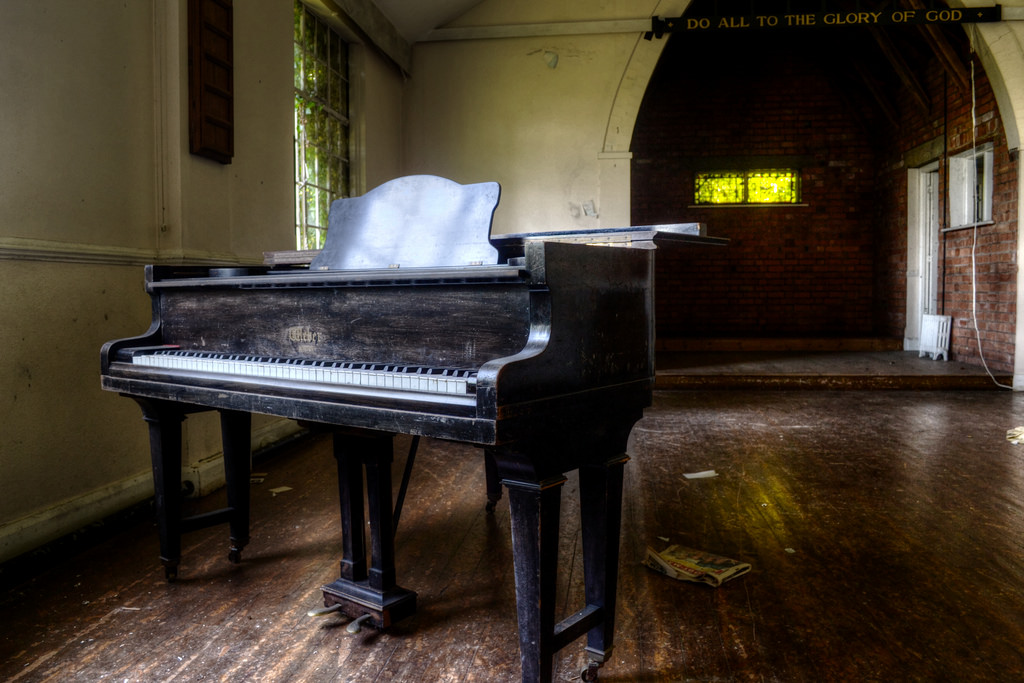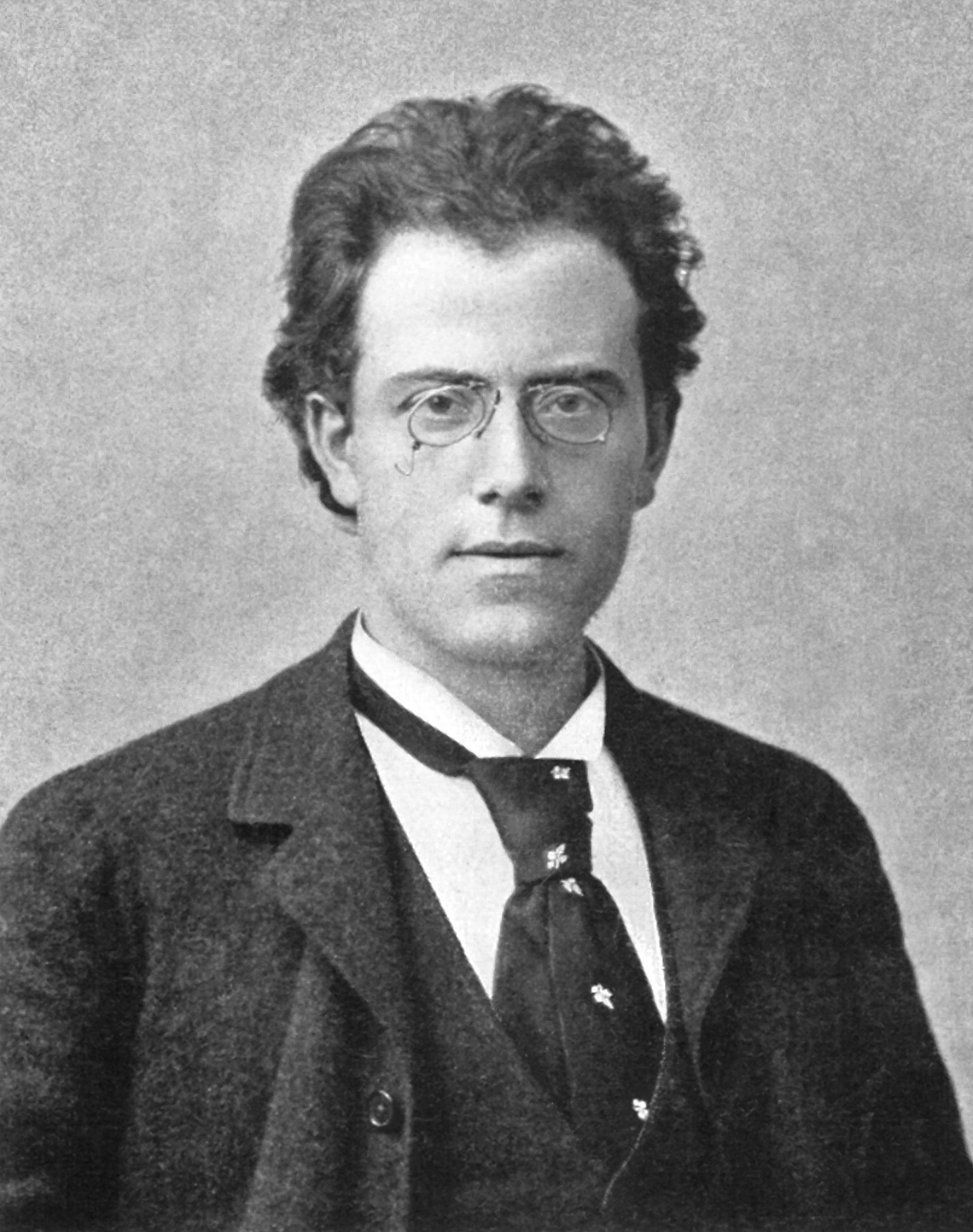
- The sound of muffled rap music can sometimes be heard in the hills of Austria
AUSTRIA- Tourists were perplexed yesterday as they visited the hills of Salzburg and heard no music. There was complete silence when they arrived.
“I thought there was supposed to be music here,” said George, a perplexed tourist. “Julie Andrews said ‘The hills are alive with the sound of music’, and I don’t hear any music.”
But after a few minutes they heard the sound of muffled rap music.
The tourists began to connect the lyrics to the rolling hills of the landscape as Chamillionaire’s Ridin’ played. They noticed the lyrics “They see me rollin’, they hatin’,”symbolized the rolling hills making music for tourists who did not seem to appreciate it.
“I suppose that was the music we were supposed to hear,” said George, “but I can’t be sure.”
They made more connections to the landscape as Vanilla Ice’s Ice Ice Baby played next. They heard another call from the hills to “Stop collaborate and listen.” So they continued to listen to the music, as if the hills were telling them to.
As Coolio’s Gangsta Paradise began to play, the tourists could not connect any more lyrics to the landscape and went back to their hotels disappointed.




 Photo credit:
Photo credit: 





